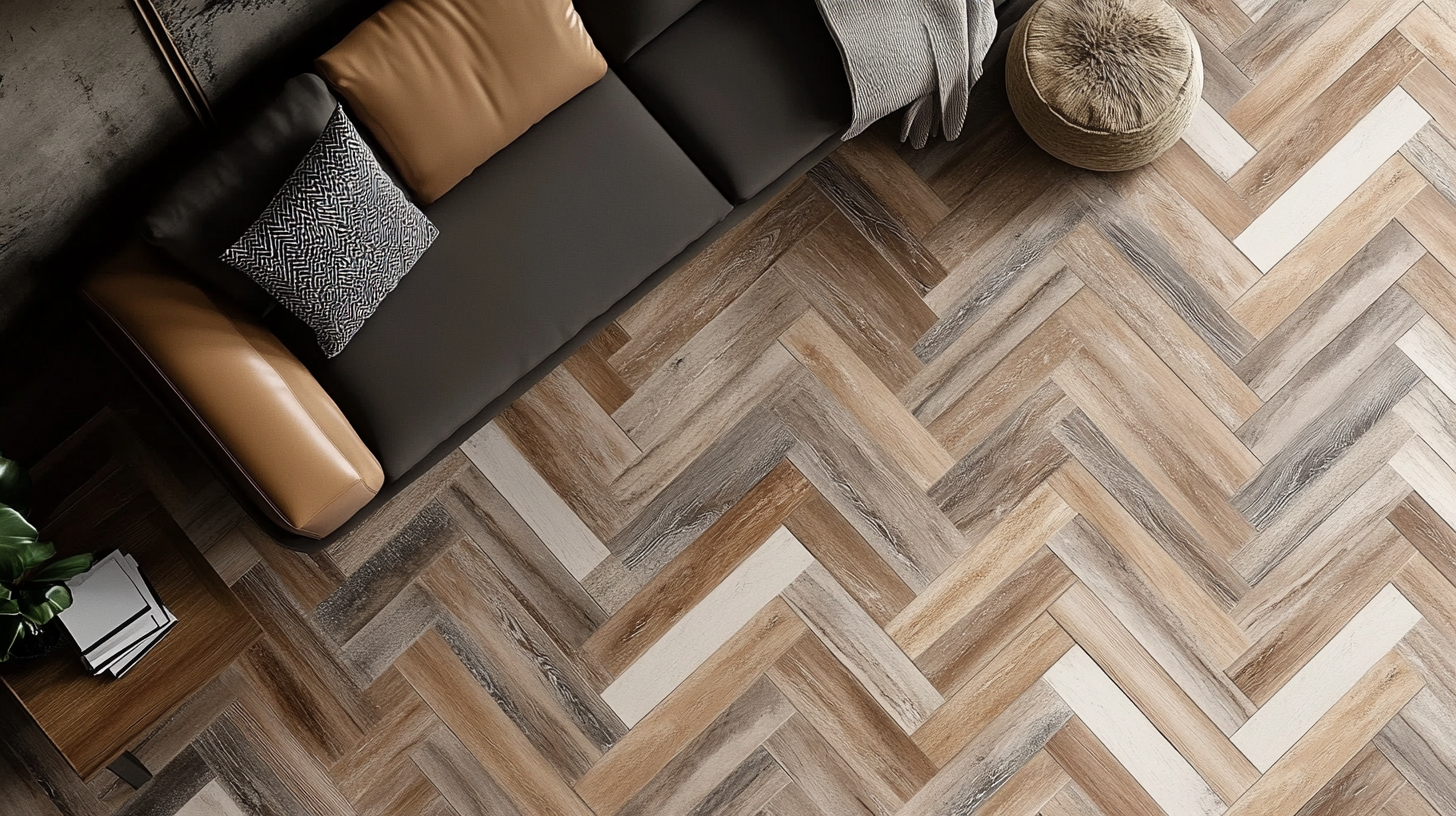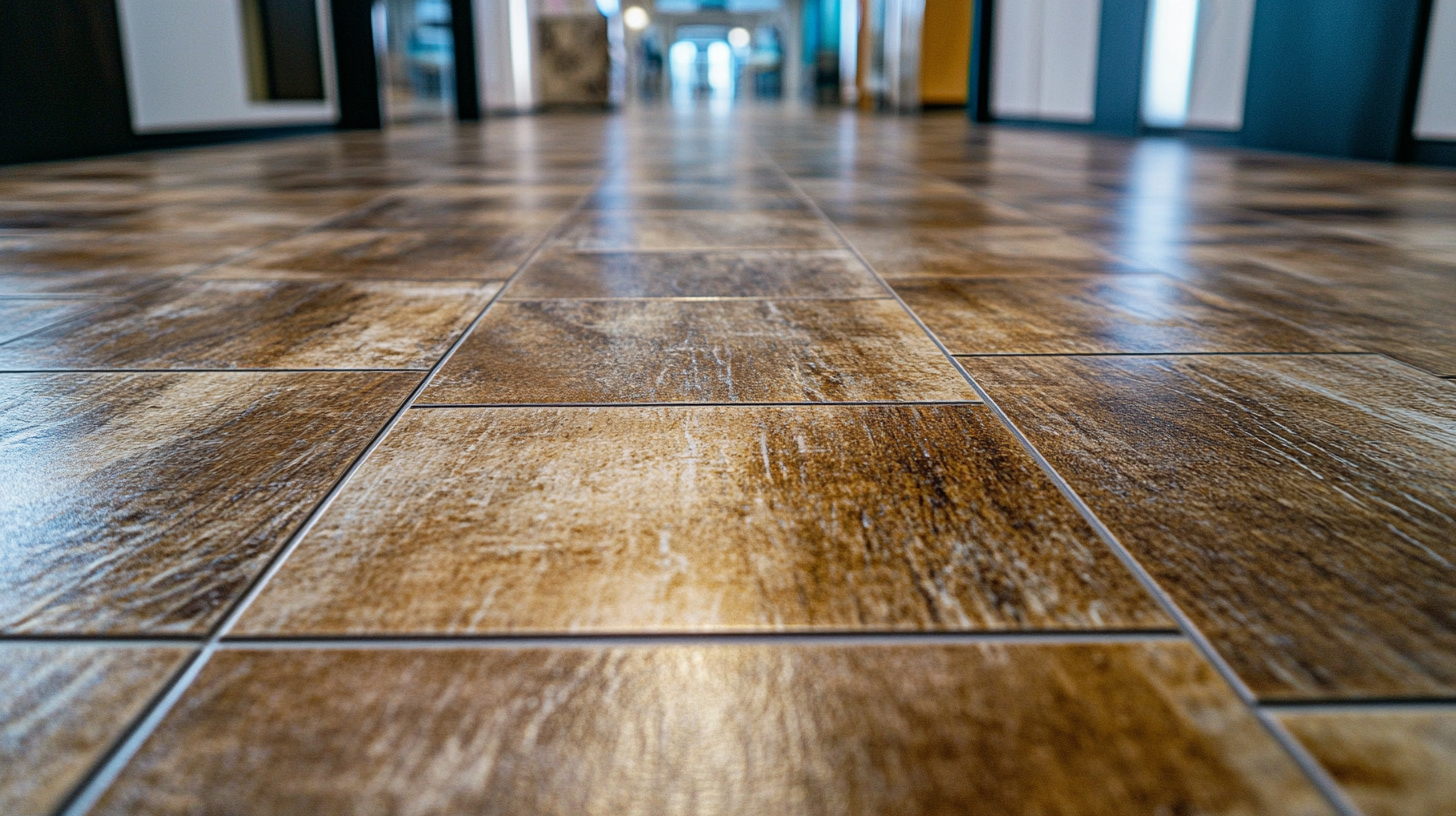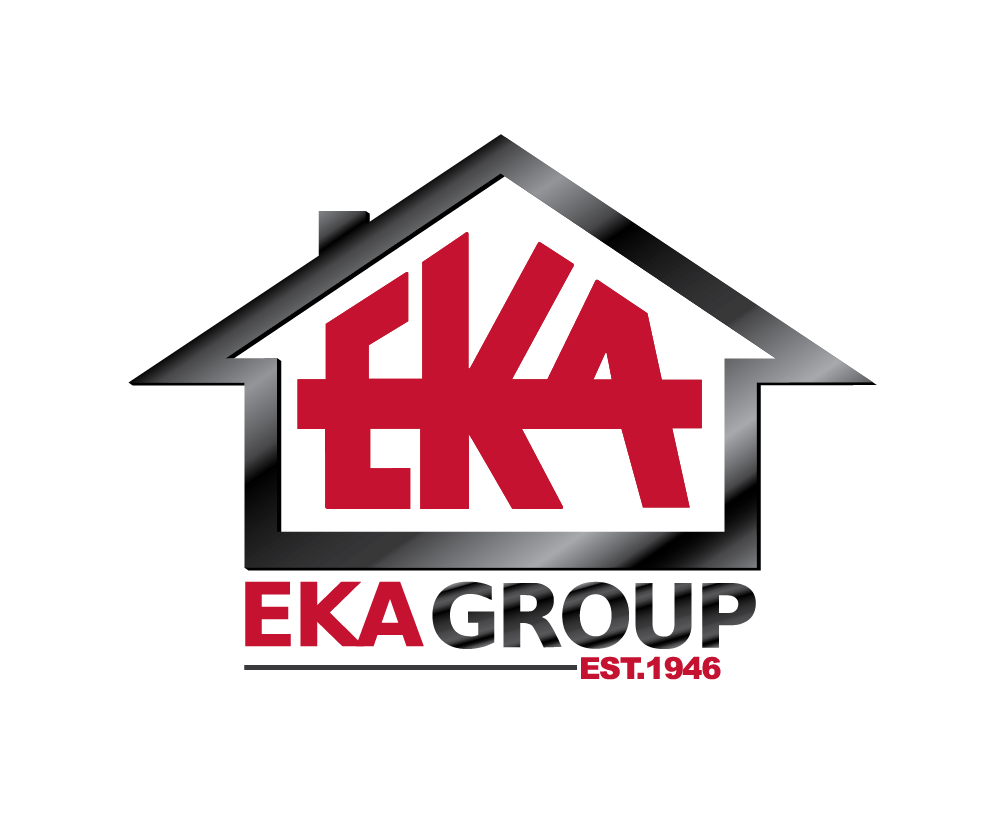
Unlocking the Secret Features of the Best LVT Tiles: A Comprehensive Guide on Selection and Installation
In recent years, the popularity of LVT tiles (Luxury Vinyl Tiles) has surged, revolutionizing the flooring industry with their unparalleled versatility and durability. According to a report by Grand View Research, the global luxury vinyl tile market size was valued at approximately USD 21 billion in 2020 and is projected to expand at a compound annual growth rate (CAGR) of 8.8% from 2021 to 2028. This remarkable growth is driven by the increasing demand for aesthetically appealing, water-resistant, and easy-to-maintain flooring solutions suitable for both residential and commercial spaces. In this comprehensive guide, we uncover the secret features of the best LVT tiles, providing expert insights into selection and installation, while highlighting the craftsmanship and innovation that epitomize "精工细造,中国制造,服务世界". Whether you're a seasoned contractor or a first-time home renovator, understanding these essential aspects will empower you to maximize the benefits of luxury vinyl tiles in any project.

Understanding LVT Tiles: Types, Advantages, and Market Trends for 2025
LVT (Luxury Vinyl Tile) has emerged as one of the most popular flooring options, owing to its versatility and durability. These tiles come in various types, including plank, tile, and sheet formats. Each type offers unique aesthetic options, catering to diverse design preferences. The wood-look planks give a warm and natural feel to interiors, while stone-look tiles provide a sleek and modern touch. Understanding the different types of LVT can help homeowners and designers make informed choices that enhance their spaces.

The advantages of LVT tiles are numerous. They are waterproof, making them ideal for areas prone to moisture, such as kitchens and bathrooms. Additionally, LVT is easy to install, often featuring click-lock mechanisms that allow for quick DIY projects.
With advancements in technology, LVT is also becoming increasingly eco-friendly, utilizing recycled materials and reducing the carbon footprint. As we look towards market trends for 2025, the demand for customizable LVT options that mimic authentic natural materials continues to rise, along with innovations in design that prioritize sustainability. This comprehensive understanding of LVT tiles empowers consumers to select the perfect flooring solution for their needs.
Key Features of High-Quality LVT Tiles: What to Look For in Your Selection
When selecting high-quality luxury vinyl tile (LVT), it is crucial to consider several key features that can significantly impact both aesthetics and functionality. According to the 2021 Floor Covering Industry report, the demand for LVT is projected to grow at a compound annual growth rate (CAGR) of 6.2% through 2026, underscoring its popularity in residential and commercial settings. One primary feature to look for is the wear layer thickness; a wear layer of at least 20 mils is recommended for commercial spaces, while 12 mils generally suffices for residential use. This thickness ensures durability against scratches and stains, which are common concerns for high-traffic areas.
Another essential aspect is the tile's aesthetic versatility. High-quality LVT tiles often replicate the look of natural materials like wood and stone, enhancing visual appeal without compromising on performance. According to a study published by the Resilient Floor Covering Institute, approximately 90% of homeowners prefer LVT for its ability to mimic the appearance of traditional flooring materials while being more cost-effective and easier to maintain. Additionally, selecting tiles with a good slip resistance rating (such as R10 or higher) can enhance safety, especially in homes with children and elderly residents. Therefore, understanding these key features will empower consumers to make informed choices when selecting LVT tiles for their spaces.
Key Features of High-Quality LVT Tiles
This bar chart illustrates the key features of high-quality LVT tiles, rated from 1 to 10. Durability and water resistance are standout characteristics, indicating their importance in selection and installation.
Essential Installation Tips for LVT Tiles: Ensuring Long-Lasting Performance
When it comes to installing luxury vinyl tile (LVT), following essential tips can significantly impact the longevity and performance of your flooring. First, it’s critical to prepare the subfloor properly. Ensure that the surface is clean, dry, and level, as any imperfections can lead to issues down the line. For best results, consider using a self-leveling compound if your subfloor has any dips or uneven areas. Additionally, allow your LVT tiles to acclimate in the installation environment for at least 48 hours before laying them down. This helps the tiles adjust to the temperature and humidity of the room, preventing expansion or contraction post-installation.
Once you’re ready to install, utilizing the right adhesives and installation techniques is paramount. For glue-down LVT, spreading the adhesive evenly with a trowel can help the tiles adhere better, reducing the risk of bubbling or lifting. If you opt for the floating installation method, interlocking the planks properly is crucial. Always stagger the seams to create a more natural look while enhancing stability. Lastly, ensure you leave the recommended expansion gap around the edges of the room to accommodate any movement. By keeping these installation tips in mind, you'll ensure that your LVT tiles deliver outstanding performance and durability for years to come.
Market Insights: Projected Growth and Innovations in the LVT Industry by 2025
The luxury vinyl tile (LVT) market is poised for significant growth, with projections indicating an increase from $43.92 billion in 2025 to an impressive $64.67 billion by 2032. This growth trajectory, reflecting a compound annual growth rate (CAGR) of 5.7%, highlights the rising demand for versatile and aesthetically pleasing flooring solutions. As homeowners and businesses alike seek durable yet stylish flooring options, LVT stands out due to its resilience and ease of maintenance.

Innovations within the LVT industry will also play a crucial role in its expansion. Manufacturers are increasingly focusing on developing environmentally friendly products, incorporating sustainable materials and advanced manufacturing techniques. This trend not only meets consumer demand for eco-conscious options but also enhances the overall quality and appeal of LVT tiles. As we approach 2025, understanding these market insights and trends will be pivotal for both consumers and industry professionals looking to make informed decisions in their flooring selections.
Sustainability in LVT: Eco-Friendly Options and Their Impact on the Environment
Sustainability in luxury vinyl tile (LVT) has become a focal point as eco-conscious consumers increasingly seek environmentally friendly flooring solutions. The eco flooring market is projected to witness substantial growth, with its size and share forecast to expand significantly from 2025 to 2035. This surge is primarily driven by heightened demand for sustainable construction materials that minimize environmental impact.
When selecting LVT tiles, consider those that incorporate recycled materials or are produced using eco-friendly processes. This not only reduces one's carbon footprint but also contributes to a circular economy. According to recent studies, eco-friendly flooring options can lead to lower energy consumption and greenhouse gas emissions during production compared to traditional flooring materials.
**Tip:** Always check for certifications such as GreenGuard or FloorScore, which indicate low emissions of volatile organic compounds (VOCs) and other harmful substances.
Additionally, as the trend towards sustainability grows, it's important to consider the end-of-life scenarios for flooring materials. LVT that is recyclable or biodegradable can greatly reduce the amount of waste that ends up in landfills.
**Tip:** Engaging with manufacturers that offer take-back programs for old flooring can ensure responsible disposal and reclamation of materials.
Unlocking the Secret Features of the Best LVT Tiles: A Comprehensive Guide on Selection and Installation - Sustainability in LVT: Eco-Friendly Options and Their Impact on the Environment
| Feature | Description | Sustainability Rating | Impact on Environment |
|---|---|---|---|
| Water Resistance | LVT tiles are resistant to moisture, making them suitable for kitchens and bathrooms. | High | Reduces water damage and mold growth. |
| Durability | Highly durable surface that withstands heavy foot traffic and scratches. | Medium | Long lifespan reduces the need for replacement. |
| Eco-Friendly Materials | Made from recycled materials and additives that are safe for the environment. | Very High | Supports recycling efforts and lower carbon footprint. |
| Ease of Installation | Snap-lock design allows for DIY installation without the need for glue or nails. | High | Reduces waste and installation costs. |
| Design Variety | Available in various designs and finishes that mimic natural materials. | Medium | Encourages aesthetic diversity while reducing dependence on natural resources. |

